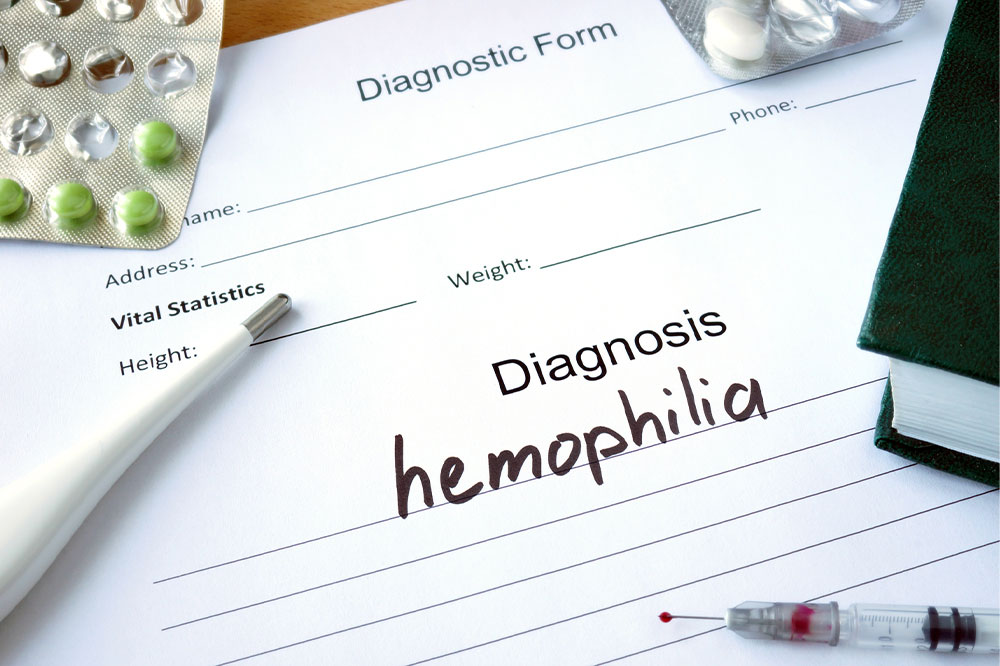Hemophilia Insight: Causes, Diagnosis, and Future Outlook
This article explores hemophilia, a genetic bleeding disorder characterized by deficiency in blood clotting factors. It covers types, symptoms, diagnosis methods, and advanced treatment options that have improved patient outcomes. Early detection and ongoing management are vital for living a healthy, productive life despite the condition.

Hemophilia is a hereditary condition where certain blood proteins needed for clotting are deficient or missing. This results in problems forming blood clots, leading to frequent bruising, prolonged bleeding, and internal bleeding episodes. Although rare, it can be inherited or, in rare cases, acquired later in life. The CDC classifies hemophilia into two main types: Hemophilia A and Hemophilia B.
Hemophilia A, which accounts for roughly 80% of cases, is caused by a lack of clotting factor VIII, while Hemophilia B, known as Christmas disease, results from deficiency in factor IX. Symptoms often appear at birth, but early diagnosis and treatment can improve outcomes. Currently, there is no cure, but treatment focuses on managing symptoms and preventing complications.
Diagnosis begins with medical history review and blood tests measuring clotting abilities. Key tests include Complete Blood Count (CBC), Prothrombin Time (PT), Activated Partial Thromboplastin Time (aPTT), and fibrinogen testing. These help identify clotting factor deficiencies and inform treatment plans.
The outlook for hemophilia varies with severity. Severe cases may involve dangerous internal bleeding, including brain hemorrhages. With modern treatments, individuals can live active lives, often just a decade shorter than unaffected individuals. Early diagnosis, proper treatment, and ongoing care are essential to reducing serious complications and enhancing quality of life.


